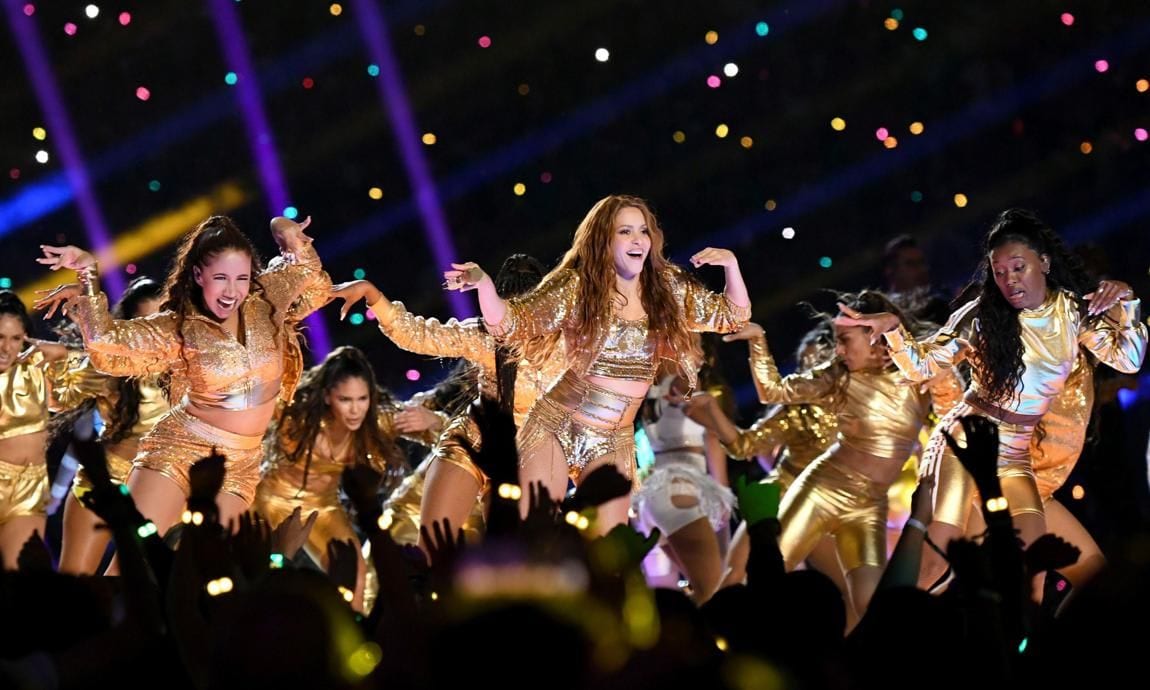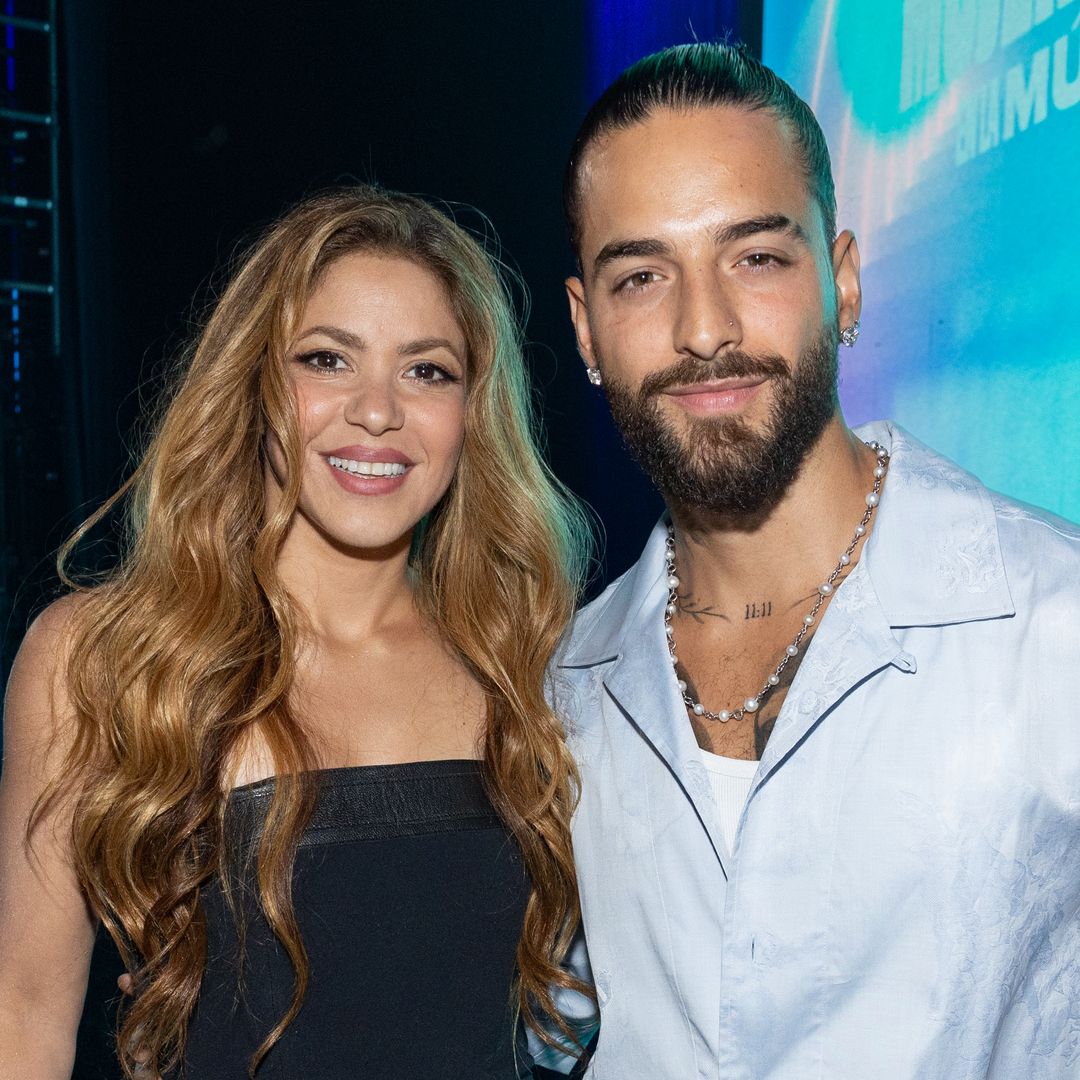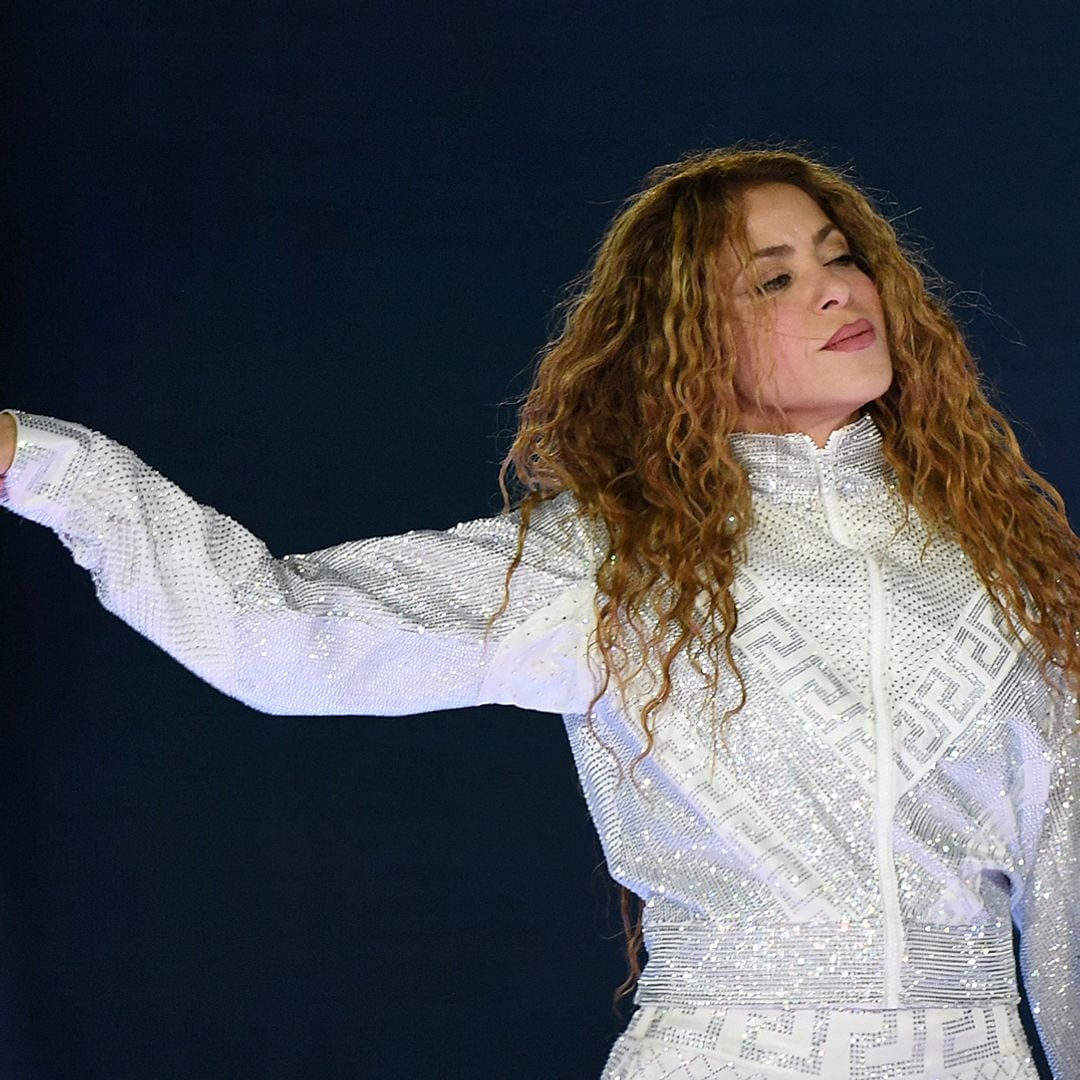Following Jennifer Lopez and Shakira ’s epic performance at the Super Bowl, the entire world has shown their admiration for women, especially Latinas, and we couldn’t be more proud! However, something we didn’t know, is that the dance moves with which the Colombian singer captivated viewers on February 2, were shown to her by a fellow barranquillera who’s only 18-years-old! Her name? Liz Dany Campo Diaz.
It was through social media that Sasha and Milan’s mother took to express her deepest gratitude towards the young lady, who did nothing but smile and dance. “I introduce you to Liz, a spectacular dancer from Barranquilla. I discovered Liz dancing champeta – one of Colombia’s favorite rhythms – on Instagram and I decided to invite her to form part of the choreography of the #HalfTimeShow!” she wrote next to a video.
“She’s only 18-years-old, but she takes care of her family and is so hard-working that she always gives us joy. I am very happy to share the stage with her, with a Barranquillera, and to show the world this rhythm of our land to the whole world.”
Days after the Super Bowl, the singer shared a fun tutorial where Liz teaches a group of dancers - including Shakira - how to dance Champeta: “Always on your tiptoes and legs flexed,” perfect for toning the thighs!One of the key steps of the Champeta? 'The little horse' - the jump Shakira did during the halftime of the Super Bowl - and 'the bed,' which is danced as a couple.
What is Champeta?
It’s an Afro-Caribbean rhythm called that, thanks to Shakira, has been released on the Internet and even has its own #ChampetaChallange. People from all over the world have joined the challenge and have published fun clips of them dancing. The dance demands plenty of discipline and requires a lot of cardiovascular resistance that tests the legs.
“The sound of Champeta is directly related to that of the Congolese rumba and Zaire, to the soukous of central Africa. It’s within the same measure. In its sound, the great protagonist is the guitar and of a certain Cassio musical keyboard that makes sound effects,” explained musical journalist Jaime Monsalve, of the National Radio of Colombia, quoted by El País. In short, it’s a rhythm that reflects the effect that African culture had on Caribbean soil and is often heard in cities such as Cartagena and Barranquilla.
,type=downsize)





